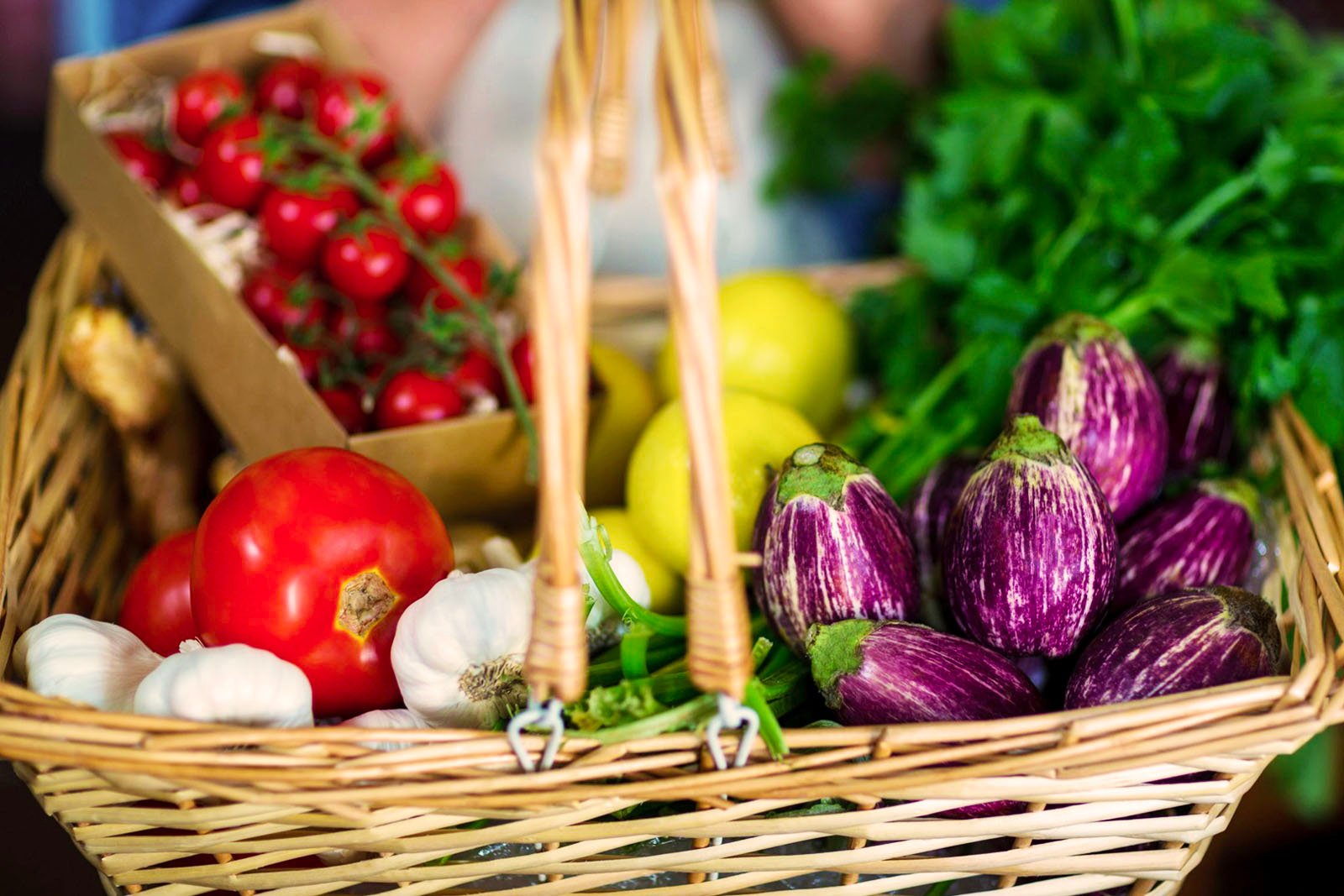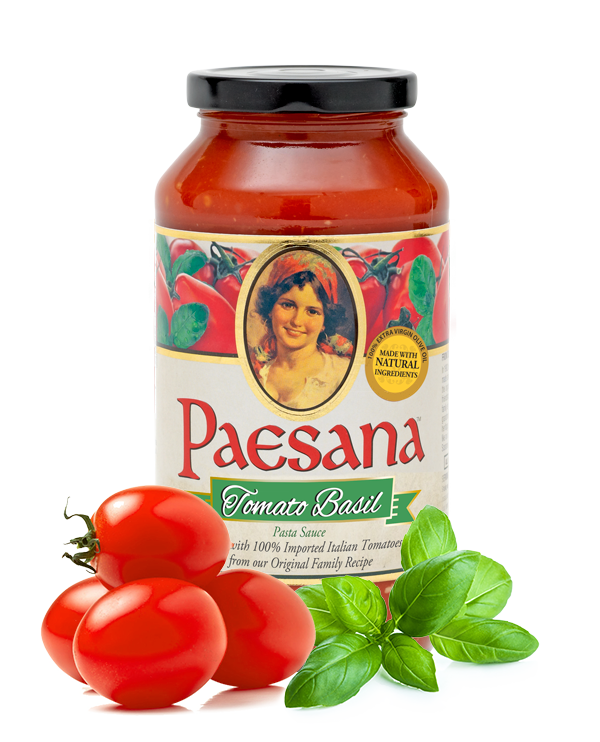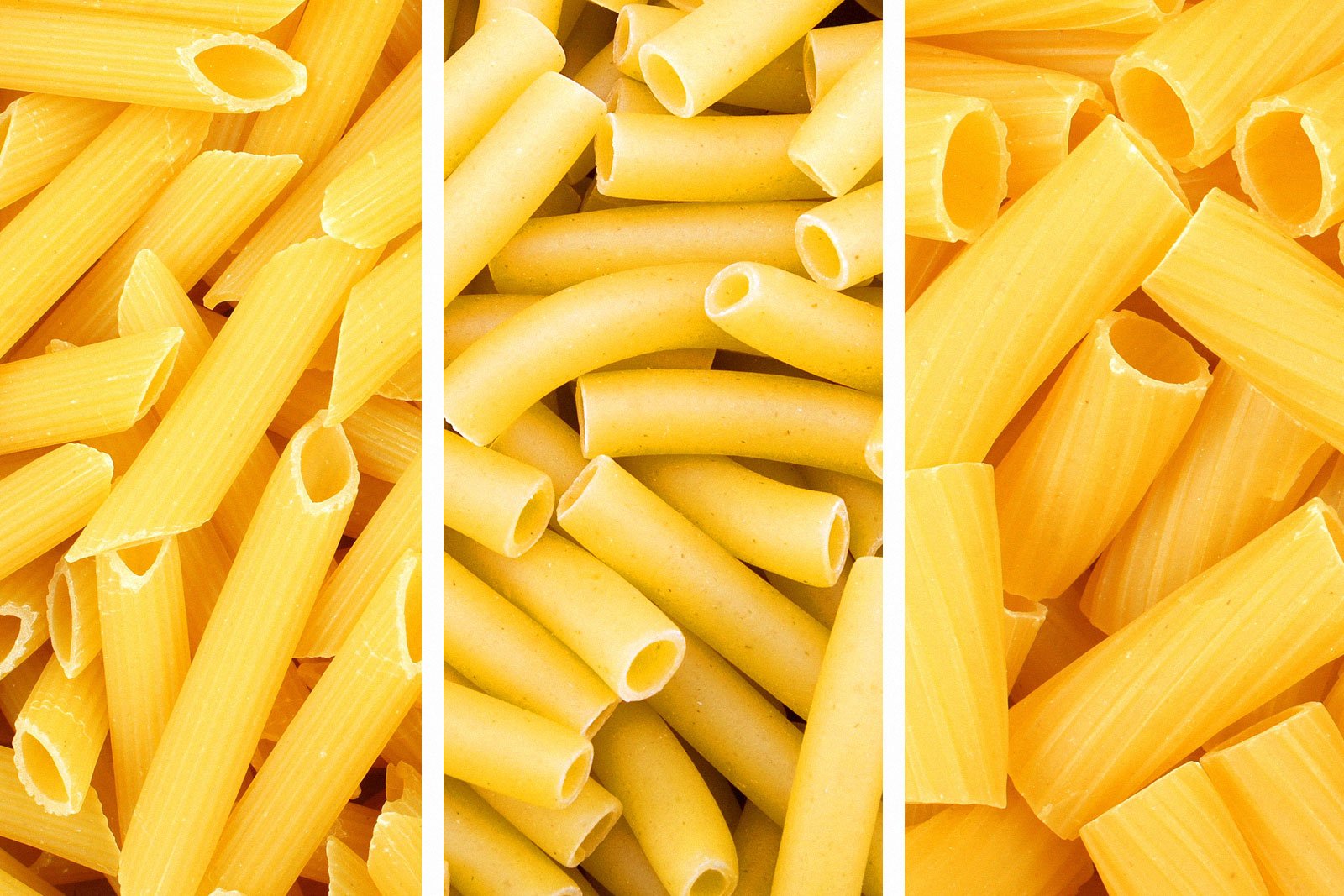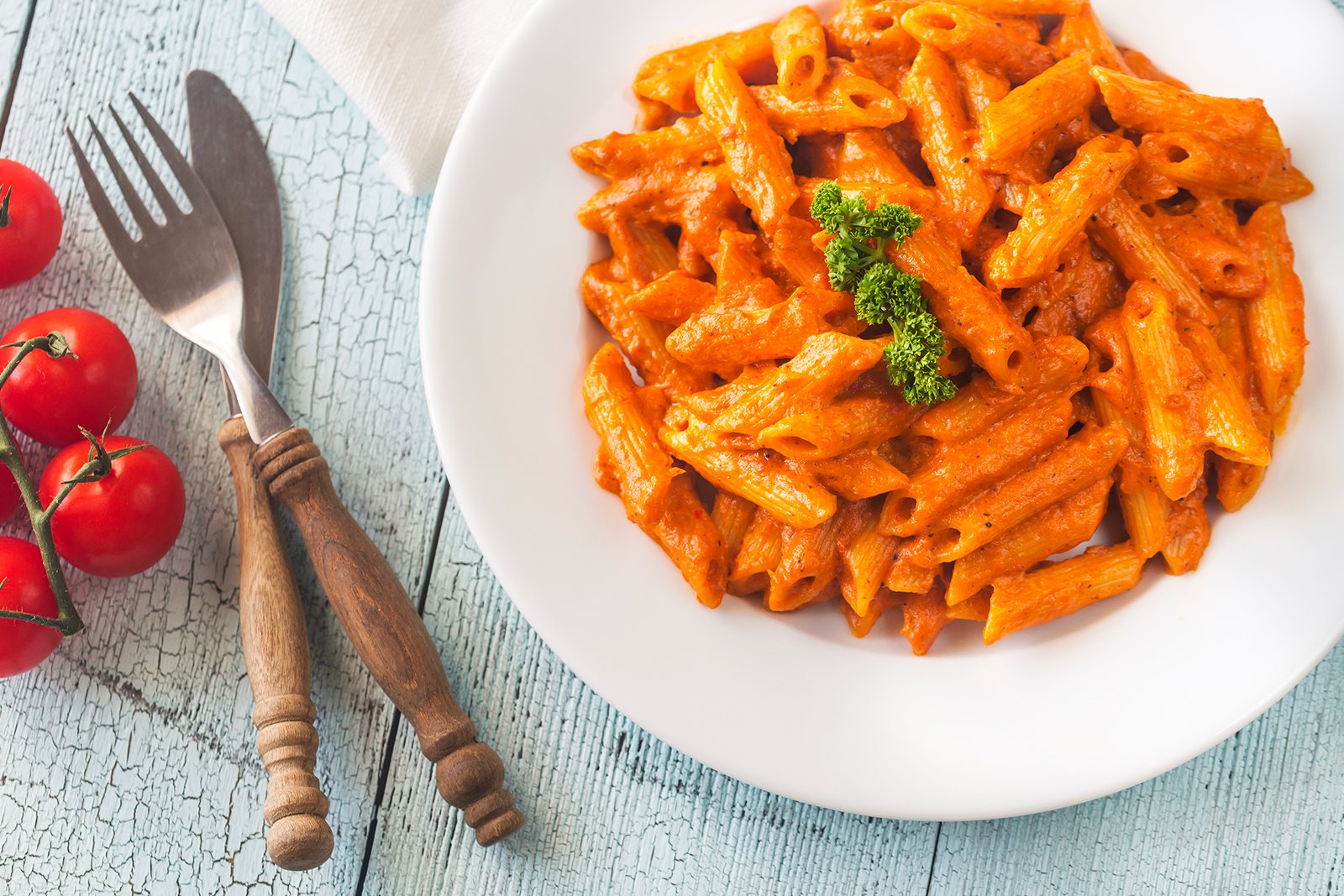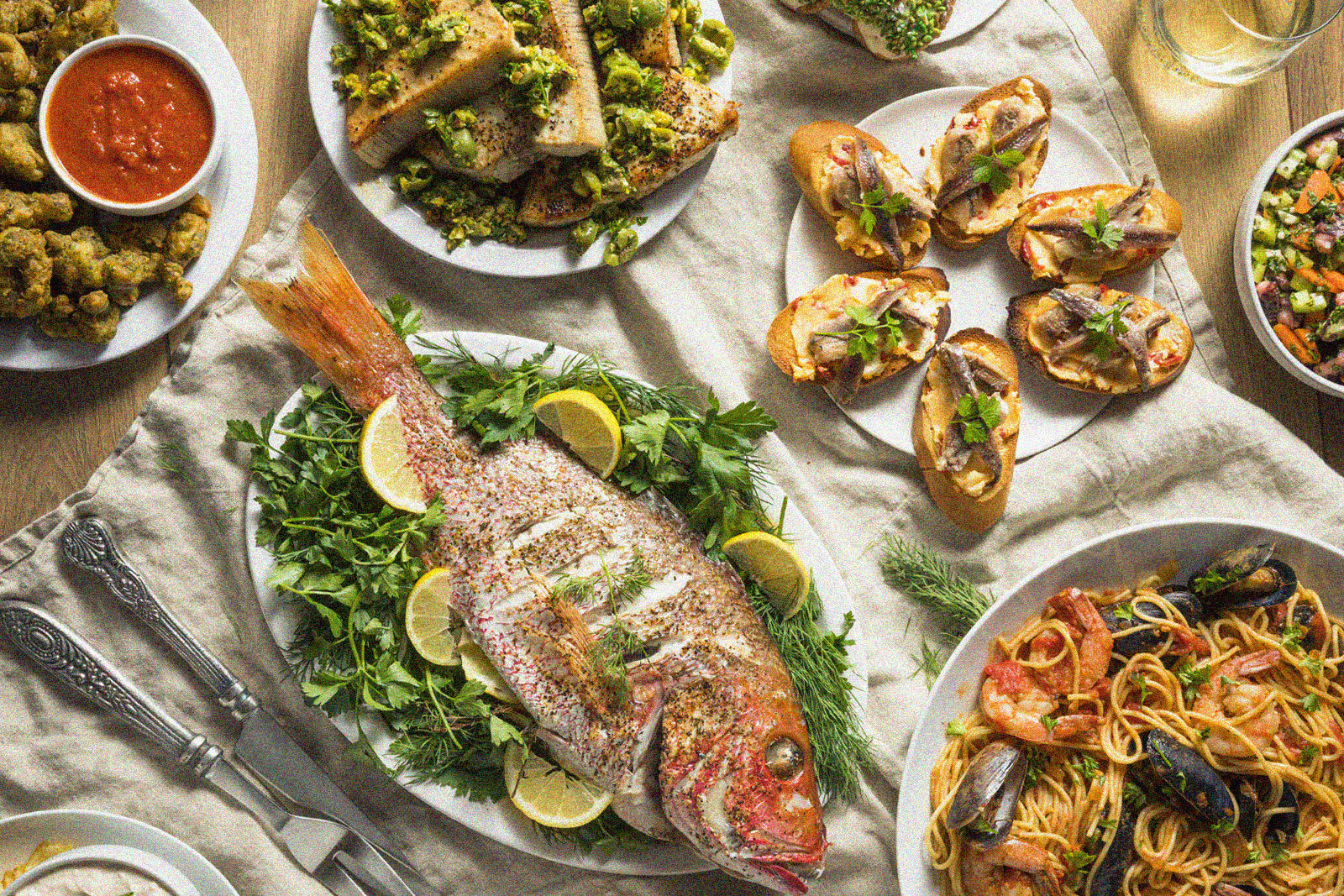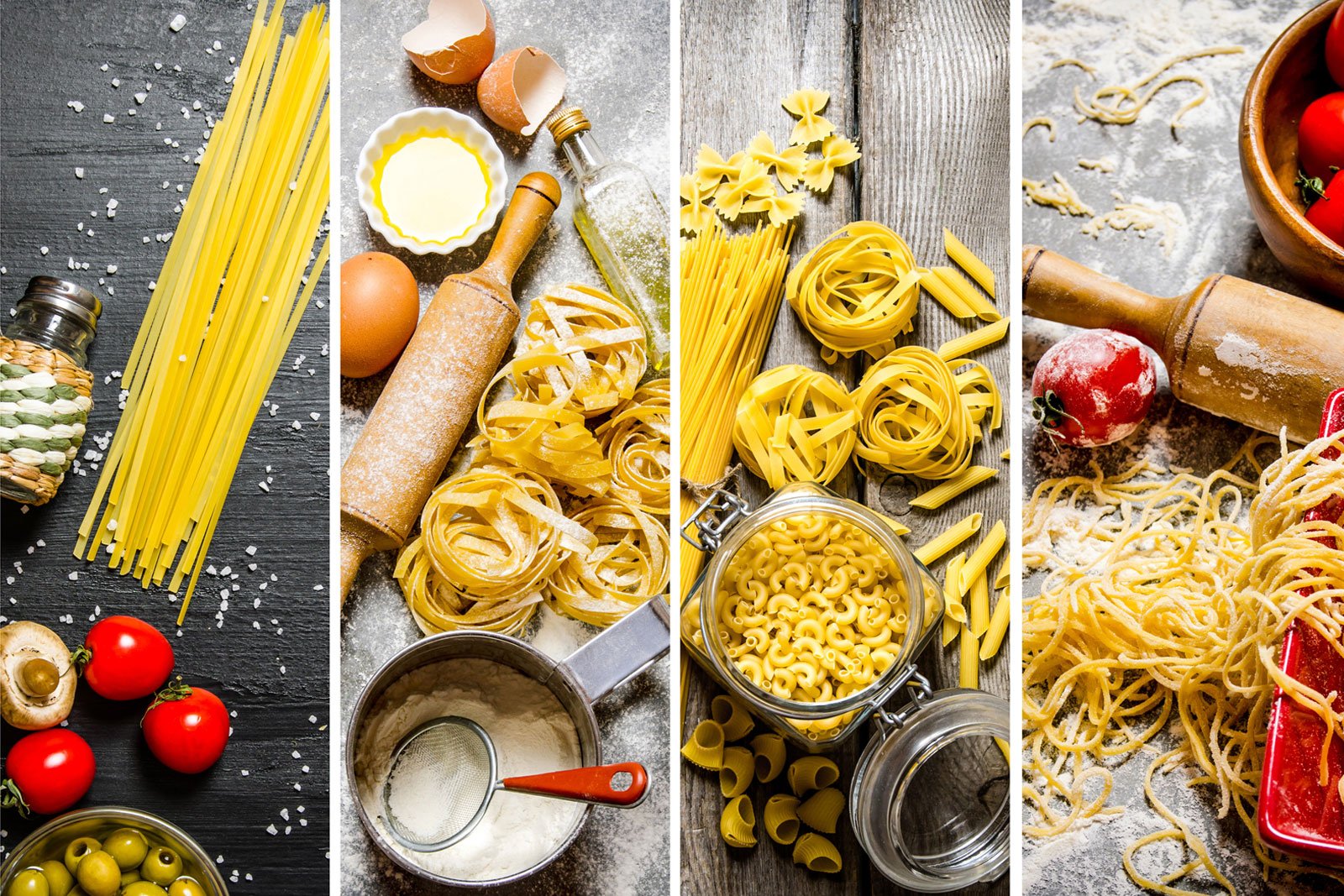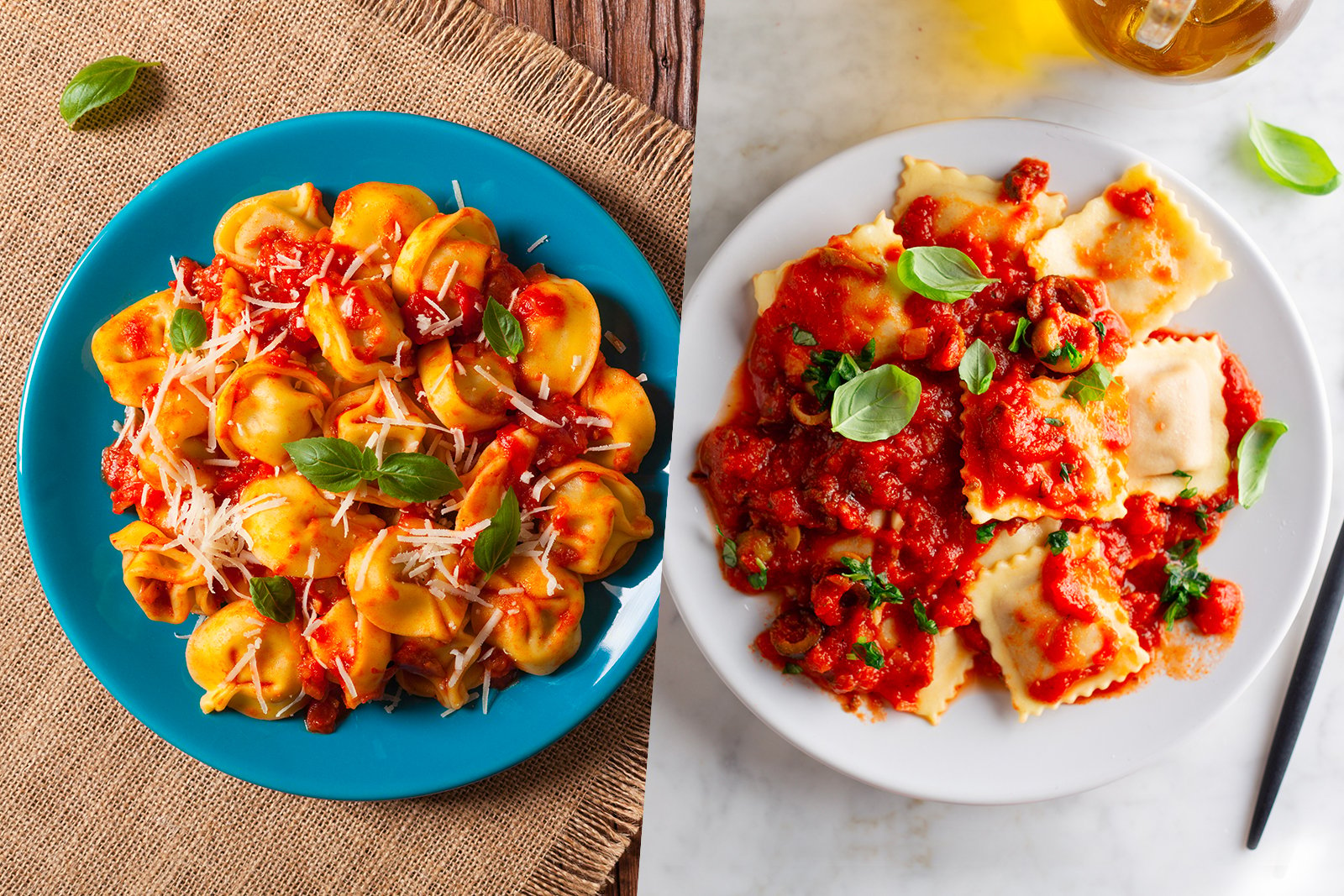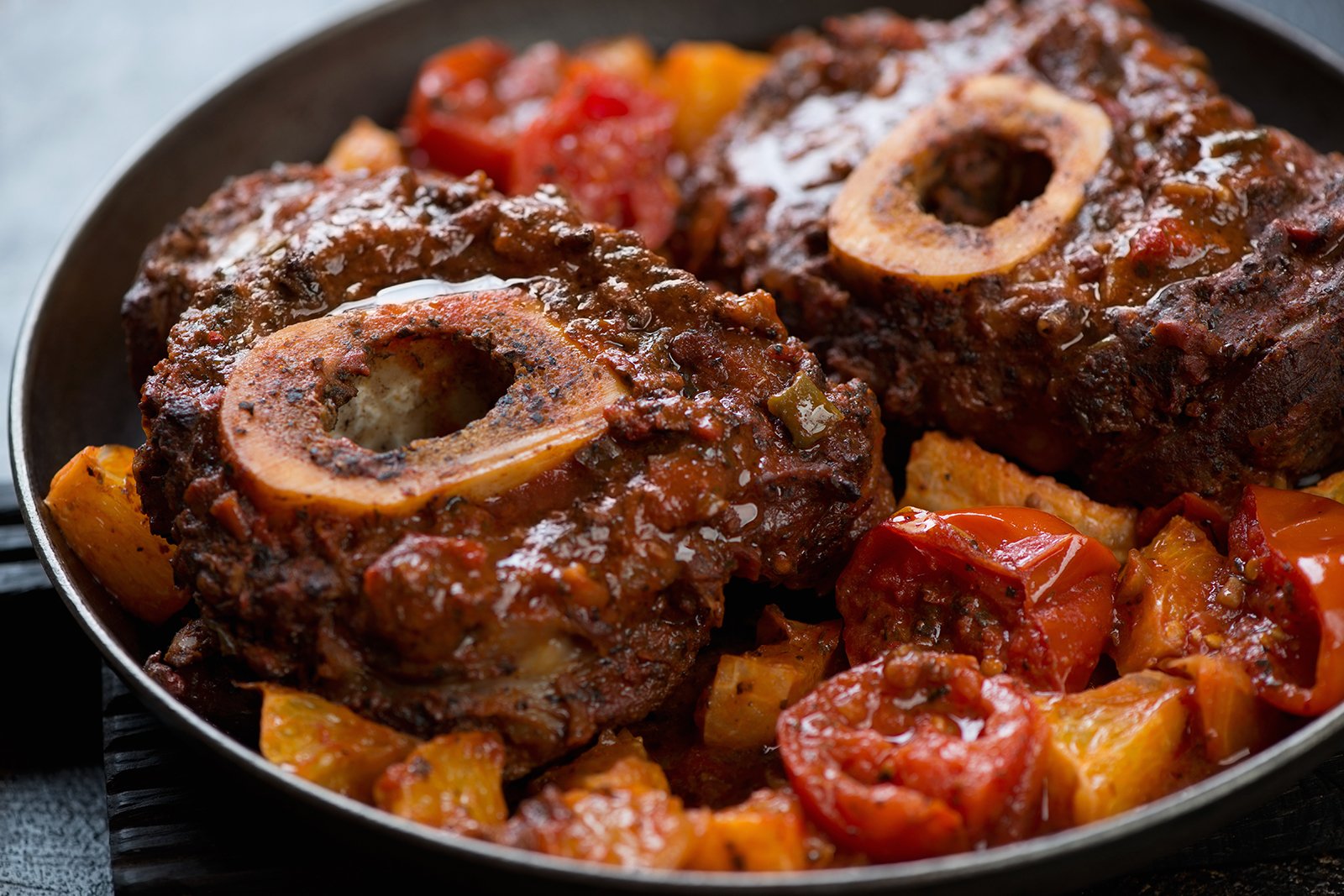The vegetable that’s most associated with Italian cuisine is, without a doubt, the tomato. And that’s for good reason. To most outside observers, and plenty of Italian-American insiders as well, tomatoes are the root of all Italian cooking and it’s difficult to picture Italian food without the vibrant red hue of pomodoro sauce.
When you dig a little deeper, just below the tomato vine, what you’ll find is a bountiful harvest of fresh greenery, plump gourds, and rustic root vegetables. On their own, Italian vegetables are a healthy component to a full Italian feast—but true enjoyment of these gifts of nature goes beyond a mere obligation to “eat your veggies.” Instead, treated as the delicious centerpiece of a meal, Italian vegetables possess the power to bring the entire family to the table.
With crisp texture, versatility, flavorful nuance, and plenty of vitamins and minerals to boot, Italian vegetables are more important now than ever before. We need foods that nourish the body, while also enticing the palate. And there’s no better way to get the nutritional sustenance we all need than with the flavors of the Italian countryside and the recipes of our ancestors.
Here are some of the most important Italian vegetables, along with a tip or two on how to prepare and maximize flavor.
Eggplant
An essential ingredient in Italian cuisine, eggplant is a high-fiber, low-calorie food with a mild and rich flavor and a texture that tends to absorb sauces in a most pleasant way. A staple of southern regions like Puglia and Sicily, eggplant became famous for dishes like parmigiana. This family favorite preparation features eggplant filets dredged in egg and breadcrumbs, then fried in oil and covered with parmesan and mozzarella cheese and, of course, plenty of pomodoro sauce.
Another fantastic way to enjoy eggplant is in pasta alla norma, a traditional Sicilian dish with eggplant that’s either been sautéed, baked or roasted before being combined with ricotta, tomato sauce, fresh herbs, and your choice of pasta. Check out this recipe from Food & Wine—but save time by using a jar of Paesana’s gourmet Marinara sauce.
Broccoli Rabe
When it comes to Italian greens, there’s broccoli rabe and there’s everything else. Although not a type of broccoli (it’s actually more closely related to turnip), it offers a powerful dose of fiber, vitamins, minerals, and those all-important antioxidants. As for flavor, broccoli rabe possesses a sharp bitterness and somewhat aggressive character—and this makes it perfect for cutting through heavy sauces and robust proteins, while making it ideal in a sauté with a generous amount of garlic and olive oil.
One of the greatest uses of broccoli rabe comes from an iconic sandwich of the city of Philadelphia—and no, we’re not talking about a Philly cheesesteak. We’re referring to a fatty Italian roast pork sandwich topped with provolone and broccoli rabe made famous by DiNic’s at the city of brotherly love’s Reading Terminal Market. It’s a sandwich worth making at home, and you can do so by following the recipe here.
Arugula
A class of greens known for its zesty and peppery flavor, arugula is a great replacement for starchy potatoes when you want to feed your body nutrient-dense side dish that’s high in fiber and low in sugar, calories, carbohydrates, and fat. Along with that signature zesty pepperiness, tender arugula leaves are also exceptional for their nutty, mildly bitter flavor that truly stands out in salads, or used as an herb like basil or parsley.
Arugula truly shines on sandwiches like panini and are especially well matched with mild cheeses like mozzarella while also serving to compliment tomatoes, roasted red peppers, and grilled eggplant. But for a plate all its own try your hand at an arugula salad with olive oil, lemon, and shaved parmesan cheese. Check out this recipe from Food Network.
Artichokes
As it certainly doesn’t appear to be edible, artichokes prove the theory that looks can be deceiving. Another Italian vegetable that’s low in fat and high in fiber, vitamins, minerals, and antioxidants, artichokes are typically steamed whole, then eaten by pulling away the petals and delicately extracting the soft flesh at the petal’s base with your mouth, until you get to the artichoke heart, which is devoured whole.
Artichokes are at their best when baked or roasted whole and stuffed with plenty of breadcrumbs, garlic, parmesan, and olive oil. It’s a dish that makes for an amazing appetizer, side dish or, if you prepare enough, a main course. Check out this recipe for a quick lesson on preparing whole artichokes, and selecting the best ones from the grocery store.
Fennel
Finally, there’s fennel. A member of the carrot family, fennel boasts a signature wide white bulb and green, feathery top. It can be eaten raw or incorporated into a variety of Italian preparations. Fennel is perhaps most well known for its seeds, which is a key ingredient in a number of different Italian-style sausages. As for health benefits, fennel follows the vegetable trend with high fiber and a collection of vitamins and minerals.
As for taste, fennel imbues a sweet and perfumy flavor that’s comparable to anise. However, it doesn’t typically taste strong like licorice—it imparts more of a light, spring-like quality to dishes. Raw fennel is brightly flavored and tastes great tossed with olive oil and plenty of salt and back pepper, but an eye-opening preparation of this vegetable is fennel al forno, which features blanched then baked fennel with mozzarella, parmesan, and breadcrumbs. Check out this easy-to-follow recipe.

